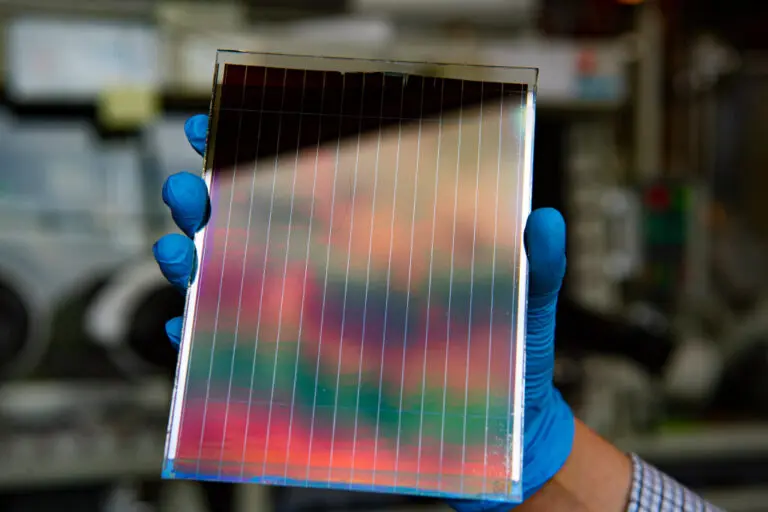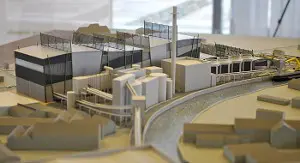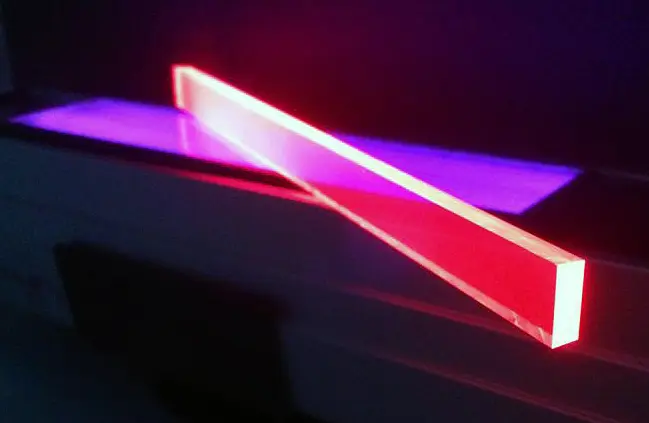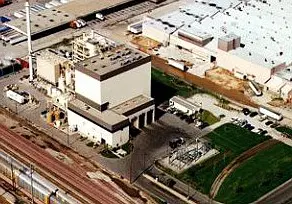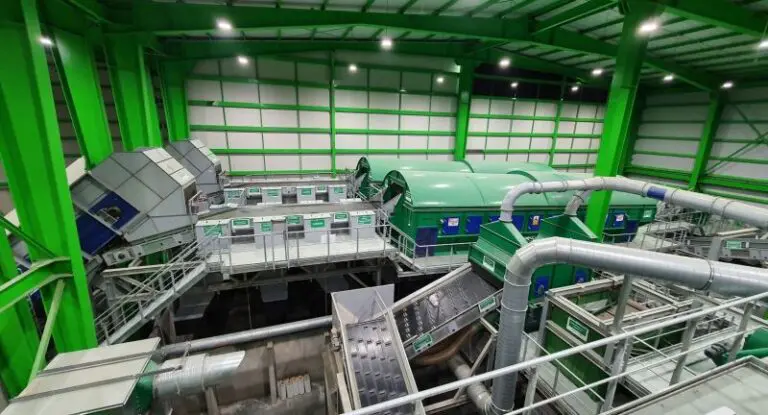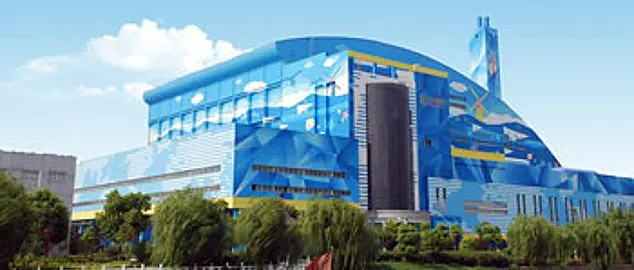In the microregion of Três Lagoas (State of Mato Grosso do Sul), eucalyptus monoculture and cellulose production are experiencing a spectacular boom.
Fibria, the largest paper pulp producer in the world, has – together with Veolia – adopted a mineral waste conversion and recovery process.

Following the signature of a contract based on circular economy principles in 2011, Veolia and Fibria have become global benchmarks in the management of waste from the paper pulp (cellulose) industries. The operator is responsible for converting 100% of the mineral waste generated during Fibria’s cellulose production process, at both its Jacarei-SP and Tres Lagoas-MS plants, into soil acidity correctives.
“The partnership with Veolia has offered us an array of alternatives and different technologies,” highlights Paulo Gaia, the general manager at the Jacarei plant.
Pierre Casabonnet, Technical and Operations Director, Veolia Brazil

>What benefits does Fibria gain from the solutions provided by Veolia to reduce its environmental impacts?
Veolia has put in place a process to convert the waste generated from the industrial production process into a new product – soil acidity corrective – which will be used in Fibria’s own eucalyptus cultivation. In other words, it is a short waste reuse cycle,
which is in line with circular economy principles and combines all the associated environmental, economic and technical benefits, not to mention job creation.
>How is organic waste reused?
What we are proposing to Fibria is to work on creating energy from sludge. This sludge is moist waste, which – once processed and converted – will serve as a source of energy that will itself be reused in the cellulose production process.
>Are you planning on diversifying and marketing the products produced from the waste?
Selling it is one option, particularly at Tres Lagoas where production is set to
increase. It is unlikely that Fibria will be able to absorb 100% of its products itself,
but we can count on other outlets in the region, including several eucalyptus plantations. The idea is precisely to make products that can be sold.
Paulo Gaia, General Manager of Fibria’s Jacareí plant

>What has Fibria gained by reusing its waste?
In economic terms, there is a very big return for us. Eliminating transport to landfill has done away with the need to build a new storage facility and thus decreased our investments. We have also reduced our environmental impact, as we no longer need to incinerate our waste. Last but not least, we have replaced the limestone used to treat the soil on our plantations with a corrective manufactured by Veolia, leading to a significant drop in our purchasing costs. In short, we have increased recycling and created jobs.
>What are Fibria’s aims in terms of reusing waste
Our long-term goal is “zero landfill.” Recycling and reusing waste are therefore extremely important issues for us. They are determining factors in achieving these goals and form an integral part of the company’s key sustainability strategy. There are three main facets to this approach. Economic: costs and investments are reduced. Environmental: the waste in the forest plantations we cultivate is reused, offering a more eco-friendly attitude. And finally social: reusing waste ensures the long-term feasibility of the business and therefore promotes job creation in the region. We have come full circle, as it were.
Issues at stake
- With tightened discharge standards and strong incentives to reduce harvesting of the resource, Brazilian legislation is forcing the paper industry to take an interest in waste material recovery solutions, the waste-to-energy recovery of its effluents, etc.
- A federal law requires all eucalyptus planters to revitalize a surface area corresponding to at least 20% of that used for industrial purposes.
Objectives
- Reduce by 91.5% the waste from the cellulose production process sent to landfill by 2025.
- Aim for “zero landfill” in the longer term.
- Increase the cellulose production capacity of the Três Lagoas plant, reaching 3 million metric tons.
Veolia solution
- Put in place a process to convert the waste from the cellulose production process into soil acidity corrective.
Cellulose production in Brazil

With its extremely favorable geographical conditions, the Brazilian cellulose industry is one of the strongest in the world, largely due to its soil quality and the easy adaptability of eucalyptus species.
“Brazil has the world’s fastest eucalyptus production cycle. Here, the process takes six to seven years from when the tree is planted, whereas in Northern Europe, for example, pine tree production cycles last much longer, from 15 to 20 years.” explains Pierre Casabonnet.





